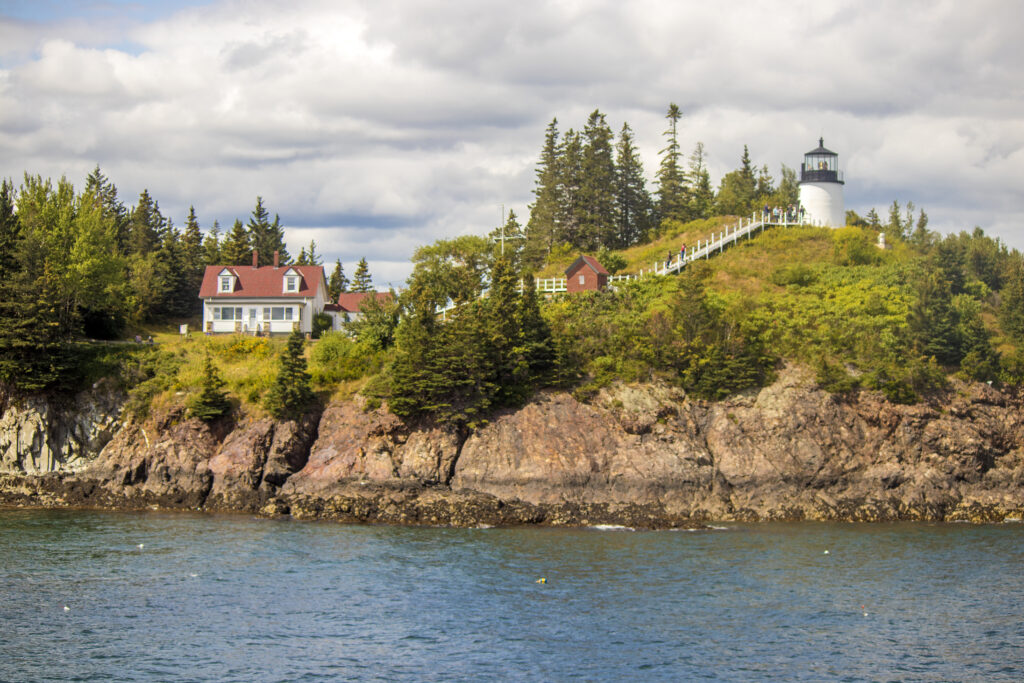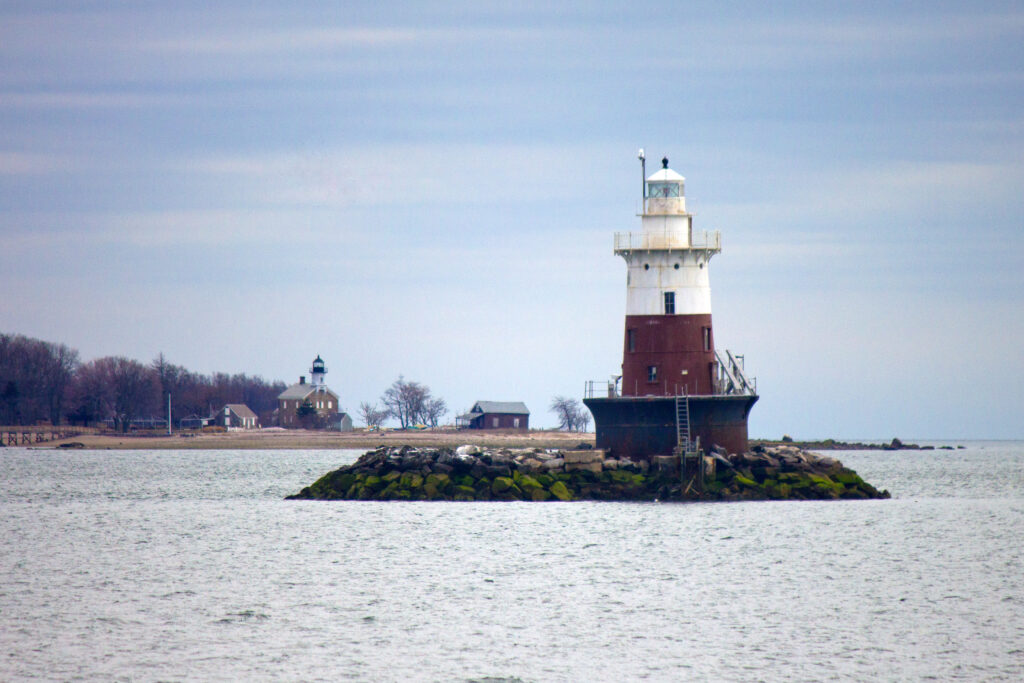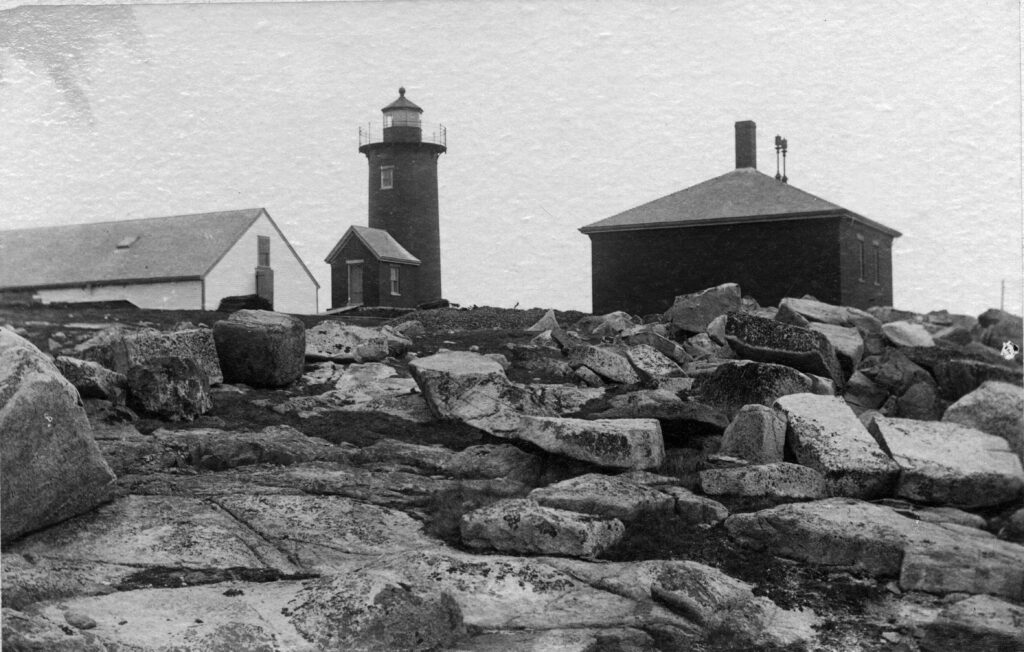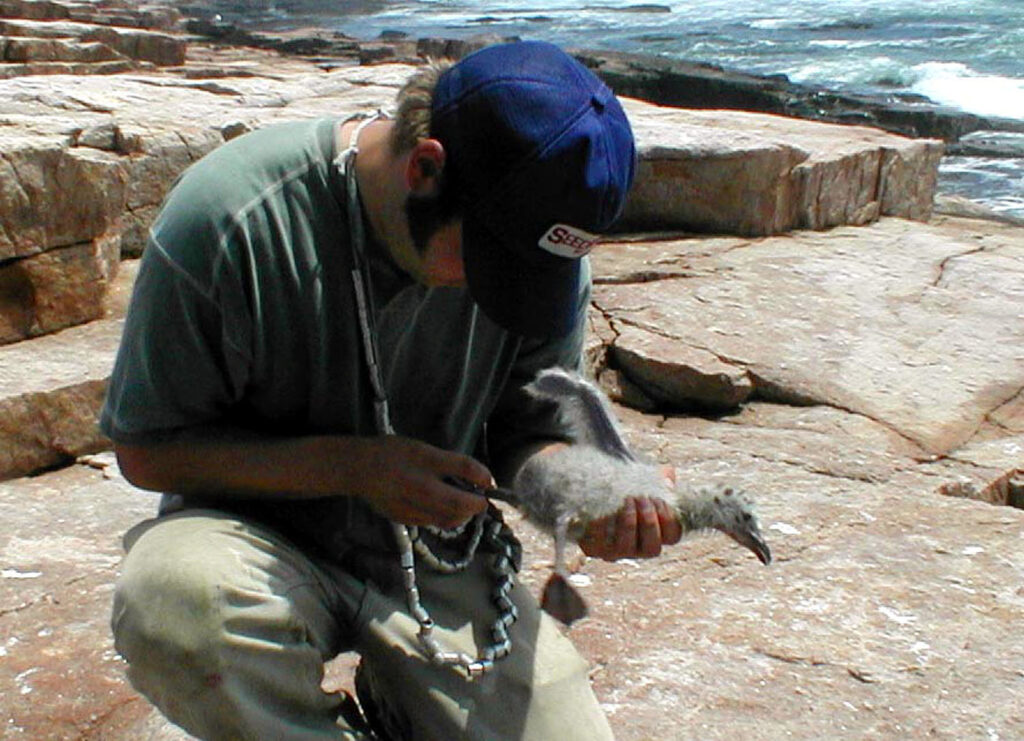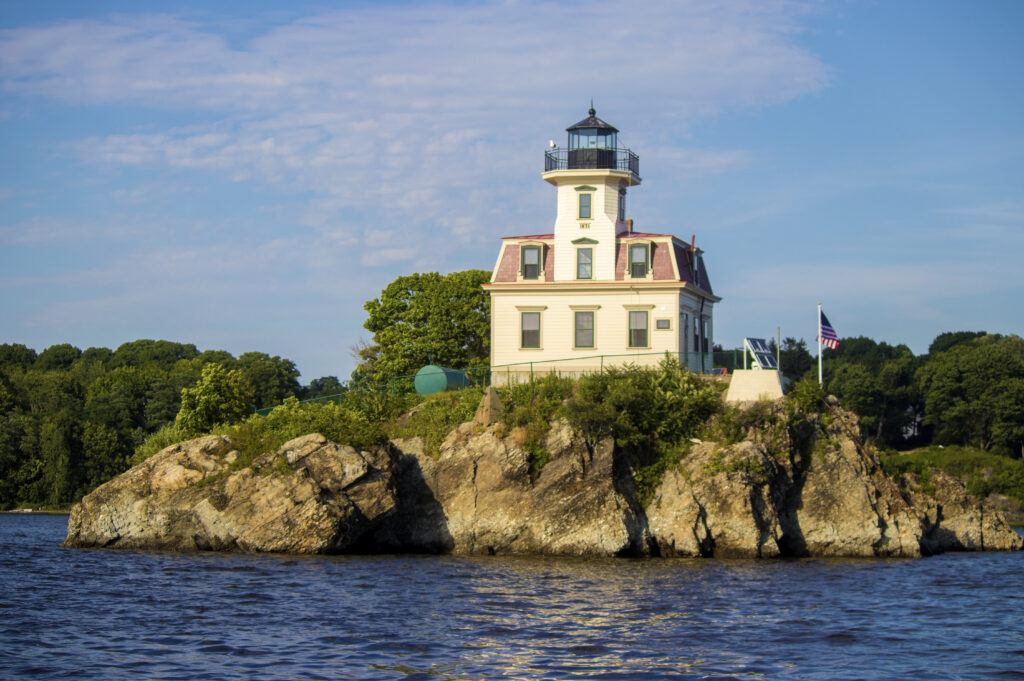The growing limestone trade in Midcoast Maine led to the establishment of a light station at Owl's Head, at the entrance to Rockland Harbor, in 1825. A tall lighthouse wasn’t necessary because of the height of the promontory. The light is exactly 100 feet above sea level. The present 30-foot brick lighthouse tower replaced the original one in 1852.
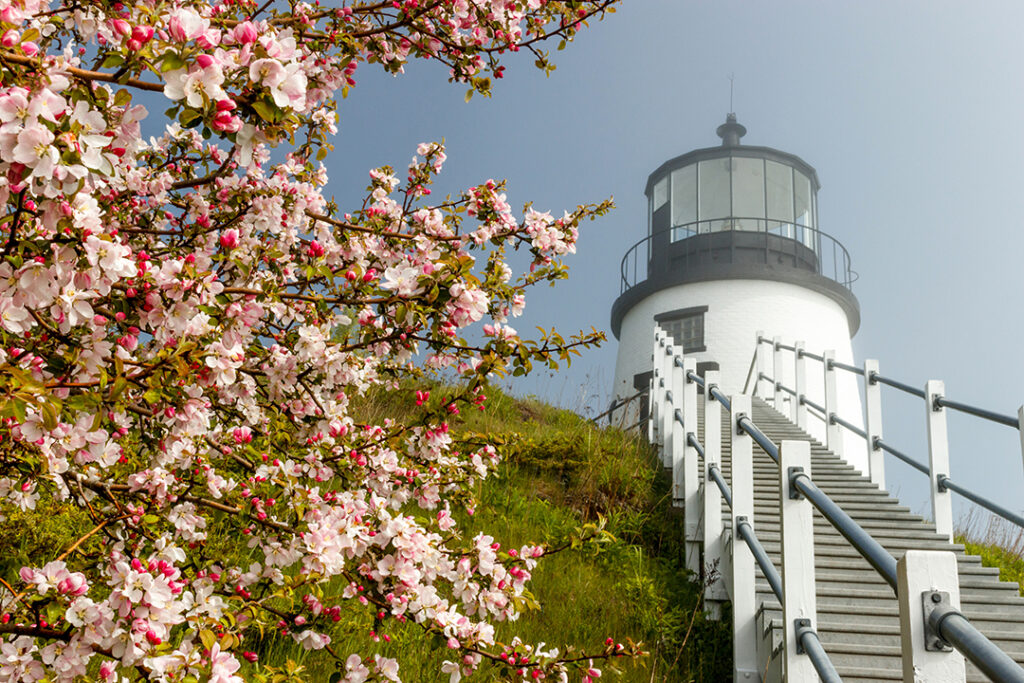
The station was automated in 1989 and the last Coast Guard keeper was removed. In December 2007, the lighthouse tower was licensed to the American Lighthouse Foundation (ALF). Then, in late 2012, it was announced that the keeper's house had also been licensed to the American Lighthouse Foundation and that it would serve as the organization's headquarters.

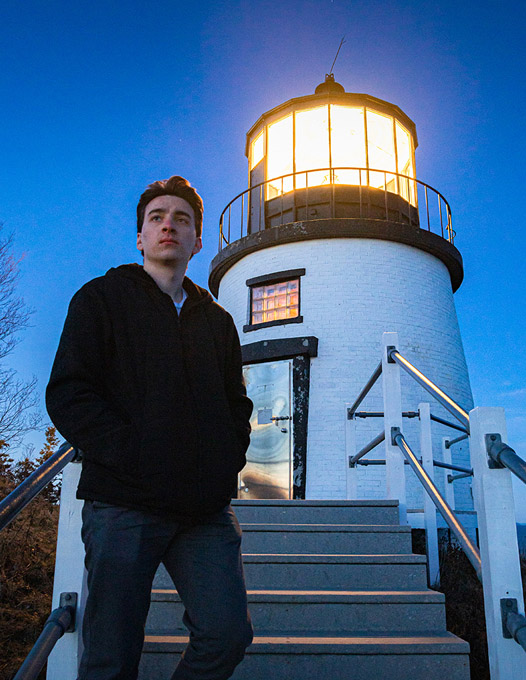

Bob Trapani, Jr., has served as the executive director of the American Lighthouse Foundation since 2005. As associate director of the American Lighthouse Foundation, Ann Trapani is involved in many aspects of the organization’s operation. Bob and Ann’s son Dominic, at the age of 23, has already established himself as one of the top photographers of the Maine coast.
In this interview, Ann, Dominic, and Bob discuss the special experience of working at Owls Head Lighthouse in all kinds of weather conditions, the photographic beauty of the Penobscot Bay region, and the day to day operation of the interpretive center and gift shop at the light station.
